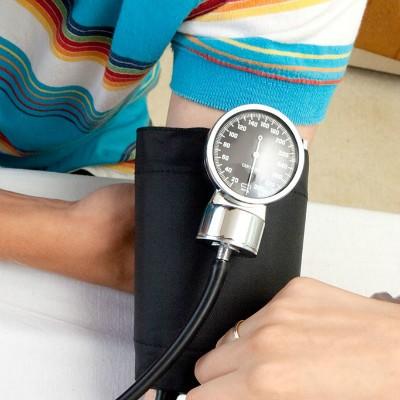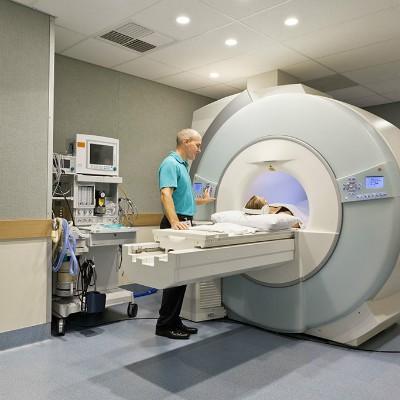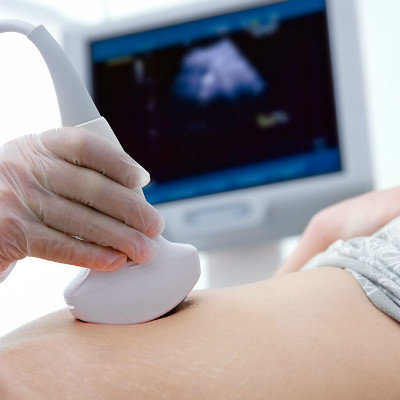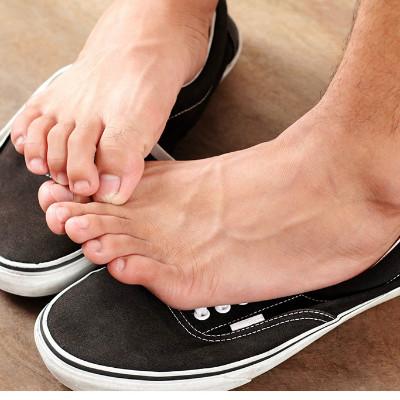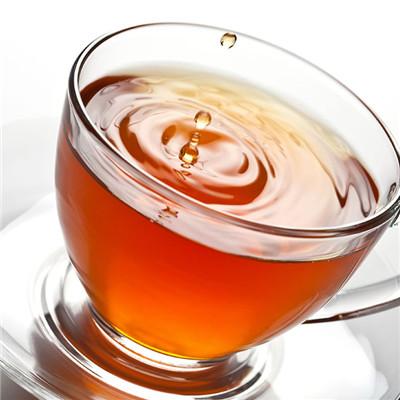What is erythroderma psoriasis?
summary
Erythroderma psoriasis is caused by improper treatment of psoriasis, especially in the acute stage of psoriasis vulgaris, the use of hormone drugs, or long-term large-scale use of corticosteroid drugs, and improper withdrawal or reduction methods. In addition, pustular psoriasis in the pustular regression process, can also appear joint. This disease accounts for about 1% of psoriasis. What is erythroderma psoriasis? Next, I'd like to share my views with you.
What is erythroderma psoriasis?
When the treatment of unstable psoriasis vulgaris is out of control, the lesions can further develop and cover most of the skin, causing erythroderma; Generalized psoriasis can also be called erythroderma psoriasis if the skin is mainly reddening due to extensive skin involvement and coexistence of pustules and skin inflammation. Erythroderma psoriasis is a special type of psoriasis involving most of the skin of the body, but the incidence rate is lowest in psoriasis. Erythrodermic psoriasis is often secondary to some intractable plaque psoriasis. Patients with a wide range of periodic skin redness, and the affected skin is often accompanied by severe desquamation and itching pain.
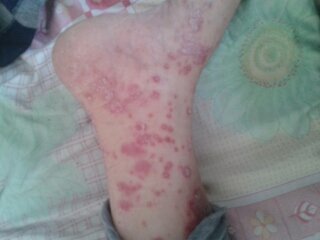
Systemic symptoms: erythroderma psoriasis patients can have fever, chills, headache, fatigue and other discomfort, subcutaneous lymph nodes can be enlarged. The skin of the whole body is in the process of active inflammation, so we should pay attention to some complications caused by its pathophysiological changes and metabolic abnormalities, especially the elderly patients should pay special attention to heart function, dehydration, anemia and hypoproteinemia, and some patients may also have abnormal liver and kidney function.
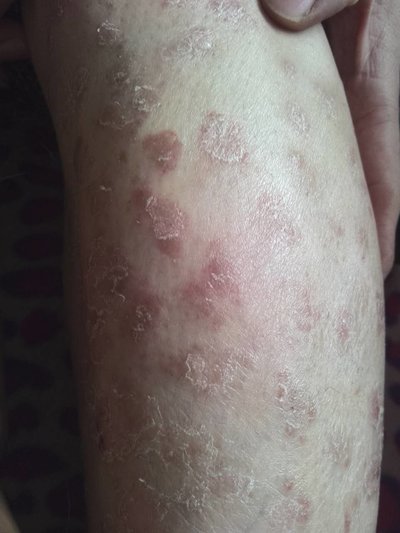
Skin damage: if it is transformed from the common type, the original skin lesions will be flushed at the beginning and expand rapidly. Finally, the whole body skin will be diffuse red or dark red with obvious inflammation; A small number of erythroderma showed diffuse flushing and desquamation in the whole body at the beginning. There were a large number of bran like scales on the surface of the skin, and they kept falling off. Normal skin is distributed between the lesions like islands. Patients with hand and foot involvement can often see the whole piece of exfoliation, nail is often involved, turbid, hypertrophy, deformation, and even nail peeling and falling off. Oral cavity, nasal cavity, pharyngeal mucosa and conjunctiva can be congested and red, and oral cavity can appear gray keratotic infiltrating patch.
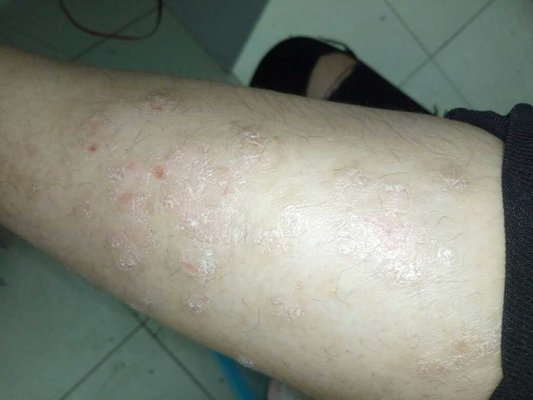
matters needing attention
We should avoid spicy and pungent food, fat and sweet food, and avoid high calorie animal food, such as cattle, sheep, chicken, fish and shrimp. Stop drinking and smoking. Eat more fresh vegetables and fruits. The patients with erythrodermic, systemic pustular and arthritis psoriasis should be given more nursing care.
